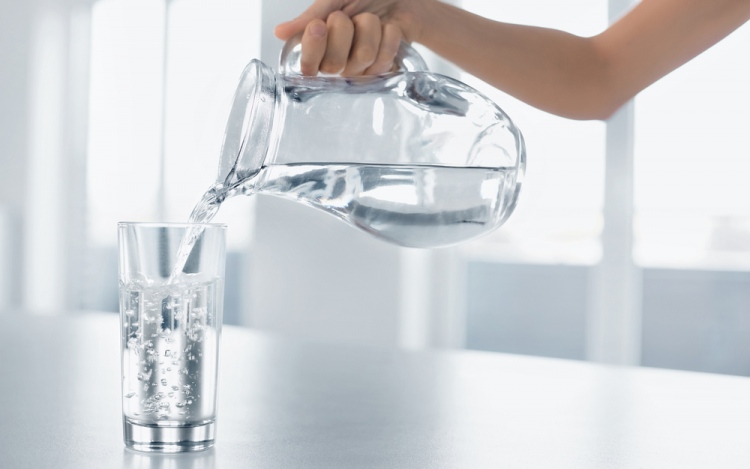Water that is natural or untreated contains contaminants that are classified under Physical, Chemical and Biological categories. Visible contaminants like mud or dirt, sediment or suspended materials are included by physical contaminants. Naturally organic chemicals, salts, metals, pesticides etc. are included in Chemical contaminants. Microbes like bacteria, viruses and parasites (cysts) come under Biological contaminants.
Basic pre-filtration techniques are used to remove physical contaminants and is commonly used in many water purifiers. Various technologies like UV, ozonation, ultrafiltration, biocidal resins and allied materials are used to remove biological contaminants. All these chemicals can be removed but removing the dissolved chemicals/solids is a challenge because of its size and complex nature. Activated carbon is able to remove some organic chemicals and chlorine but cannot remove heavy metals as well as pesticides effectively. This is where Reverse Osmosis is required. RO is a membrane separation where water is passed under high pressure, through a semi-permeable membrane. The process removes excess TDS (Total Dissolved Solids), chemical contaminants such as Nitrate, Fluoride, Arsenic and some other heavy metals as well as pesticides from water so it becomes safe for drinking. 20-30% of the water that is purified is achieved and 70-80% of water, which has high contaminant concentration, is drained.
RO, however, is not applicable to all types of water because of the key technology limitations. It works on very tiny-pore sized membranes that molecularly separate all the dissolved chemical contaminants. Its design, however, cannot discriminate between the ‘good’ and the ‘bad’ chemicals. It is important that RO technology be used only for waters where resulting benefits exceed its limitations.
Because of deterioration of freshwater sources and the colossal increase in population, groundwater usage that is high in dissolved solids has become more common. There is heaviness or salinity in water that many people complain about. This happens when the TDS exceeds 500 mg/L or hardness i.e. Calcium and Magnesium exceeds 200 mg/L. In order to make this water potable according to the BIS norms, as well as to achieve acceptable taste, the usage of RO is very important. If such high TDS water is consumed for long-term, will result in an excess agglomeration that causes stress on kidneys. This might lead to kidney stone i.e. an acute health issue.
Because of anthropogenic activities, high levels of heavy metals such as lead, arsenic and some other contaminants in water that should be removed by RO in a household application in order to render safe drinking water. Some other available technologies such as UV, boiling or resin-based) are not able to remove these heavy metals to acceptable global standards.
However, it is very important to use RO technology in correct water conditions. Do not use it indiscriminately. The customer must be made aware of all positives as well as the limitations of RO technology. Educating customers about the use is very important as the selection of water purifier for home must be as per their household requirements, preferences and the quality of input water. The water quality in India keeps changing due to both human and natural factors. Therefore, it is very necessary for you to test the water source while purchasing a water purifier. After a good research, you are ready to buy water purifier or RO water purifier.





This is a really great and very detailed article.
This is a really great and very detailed article.